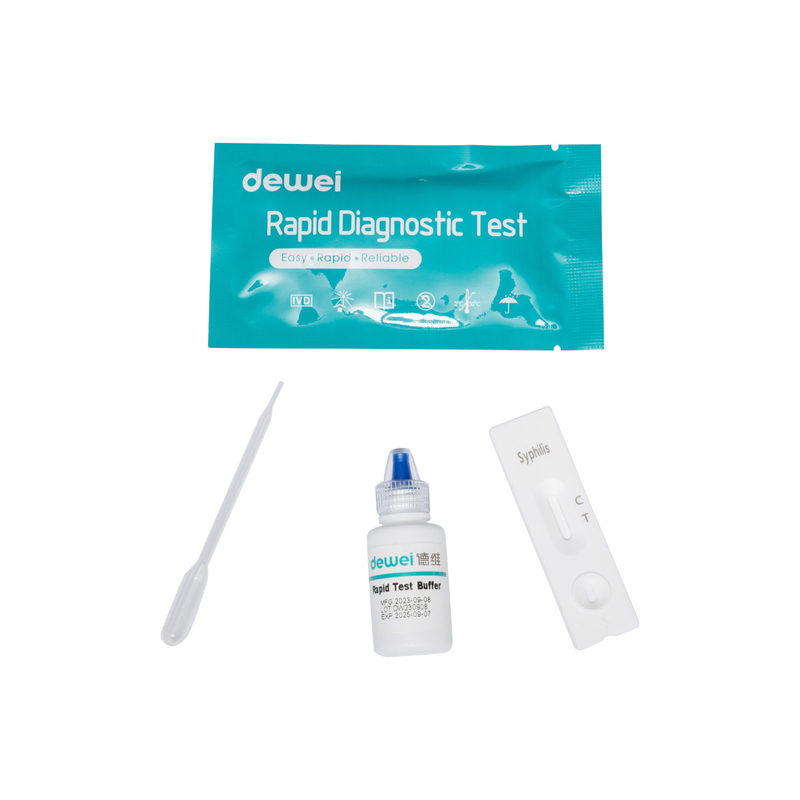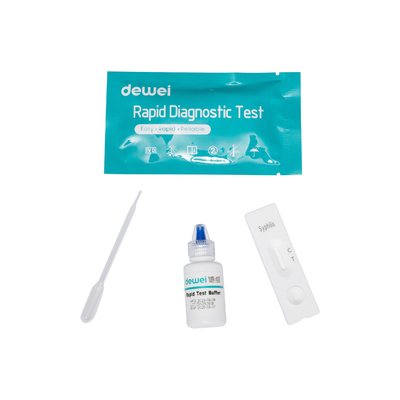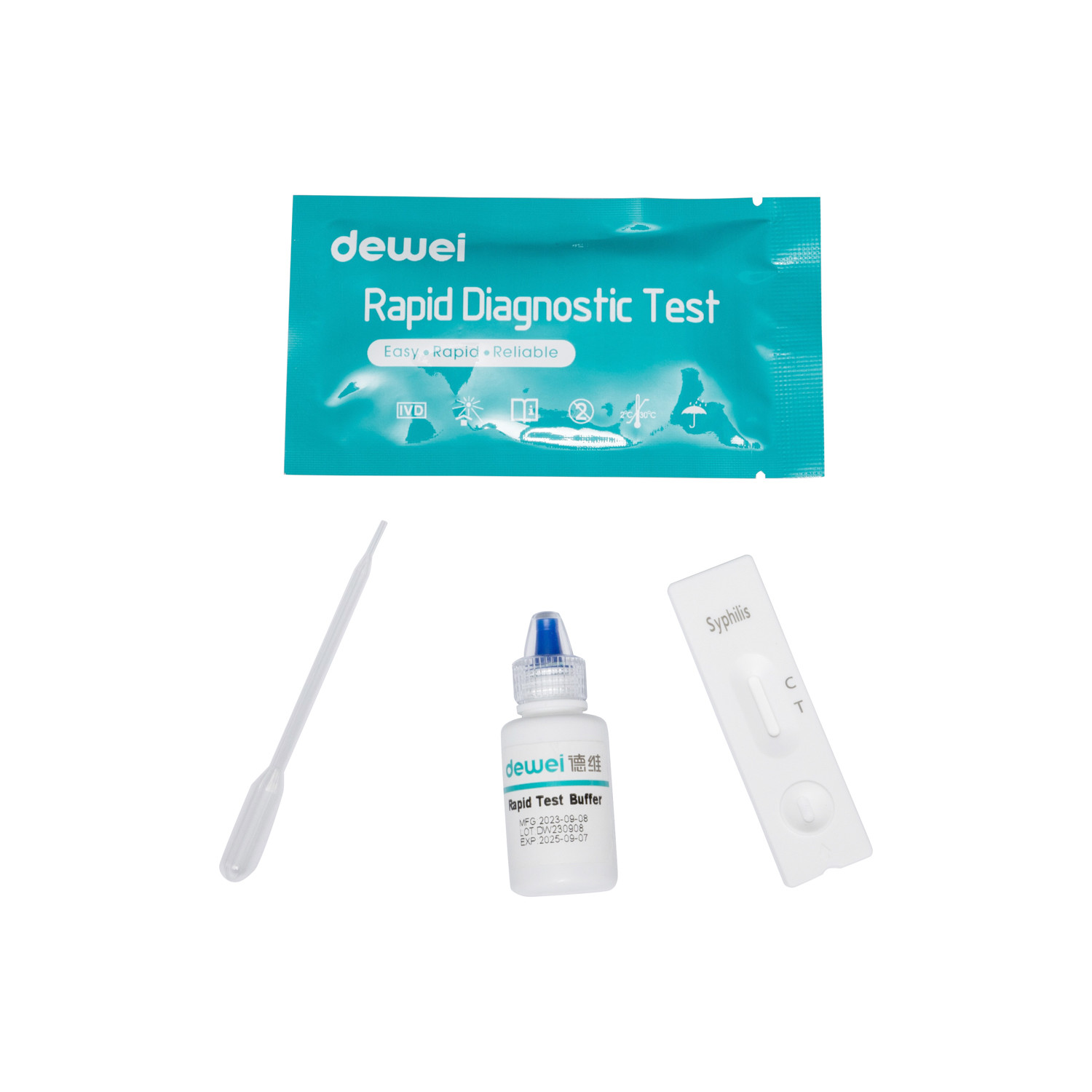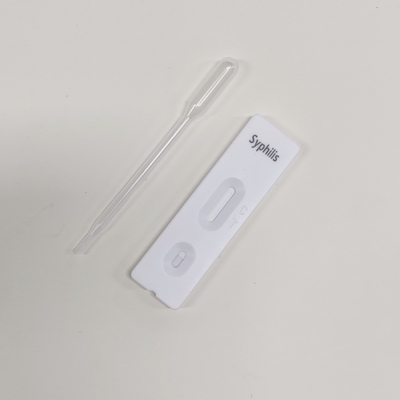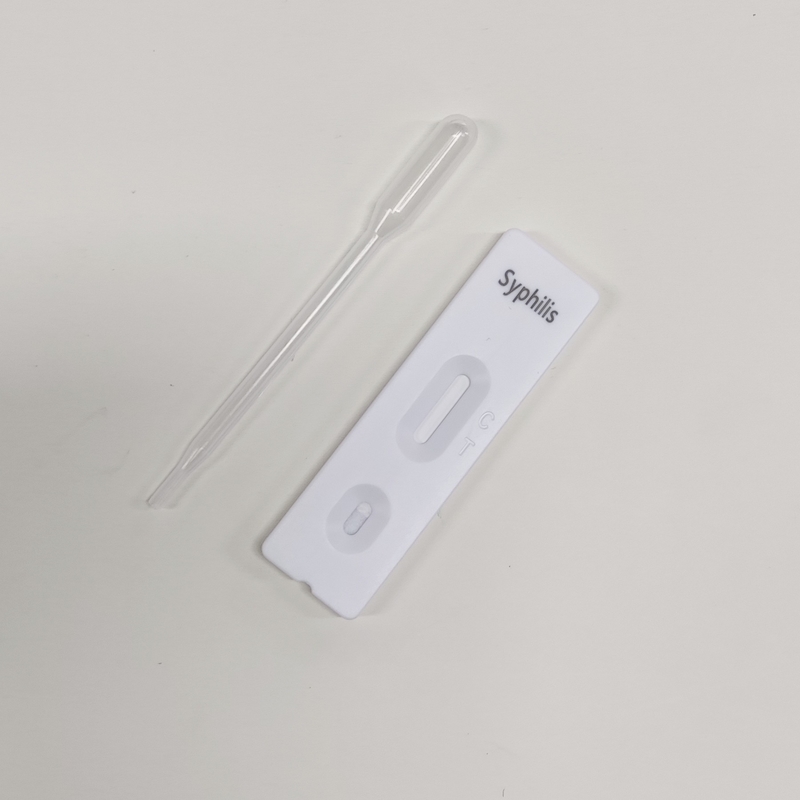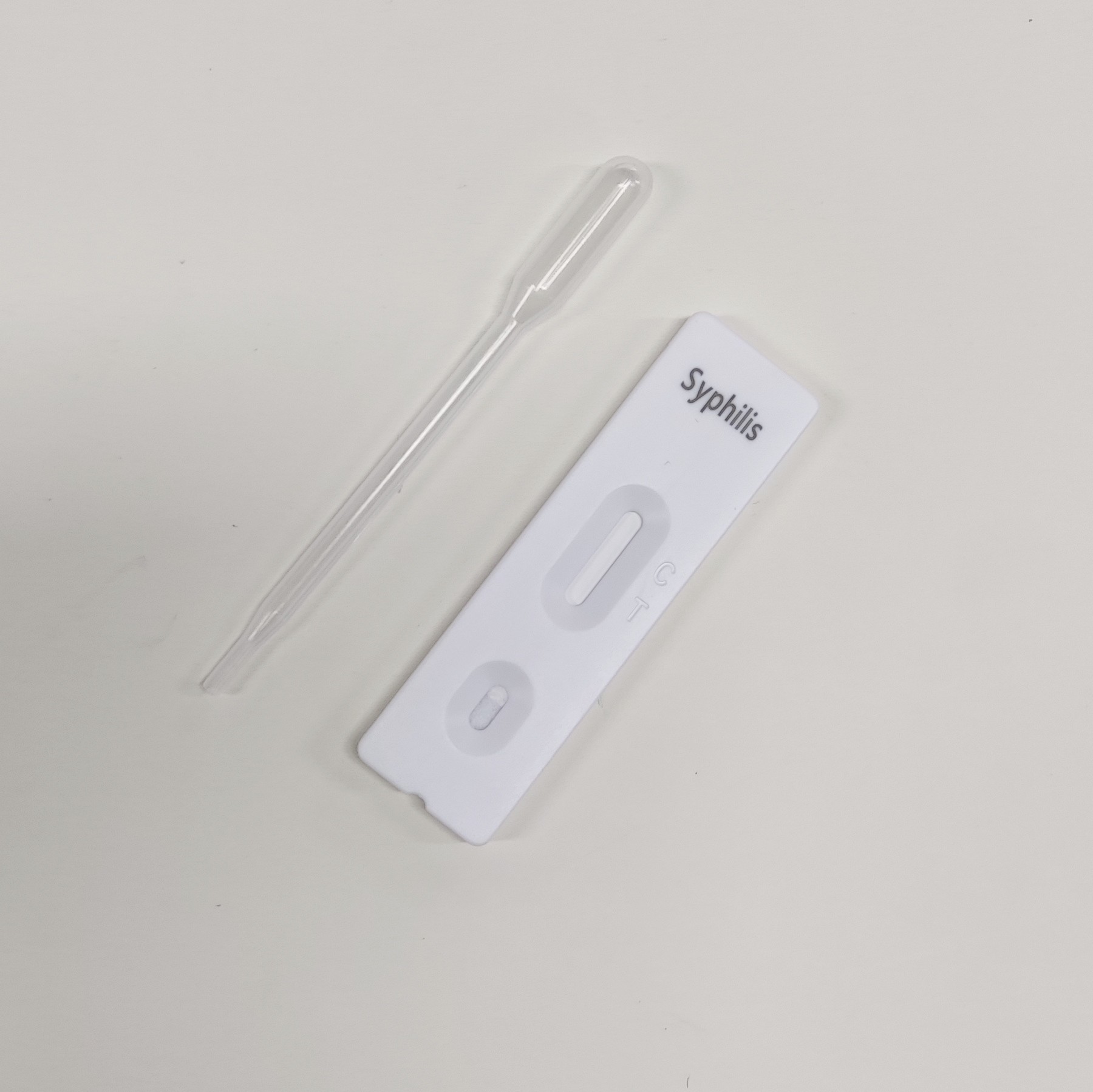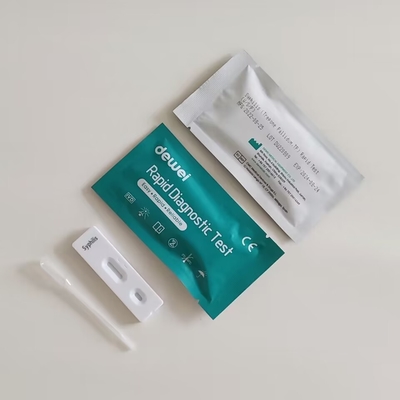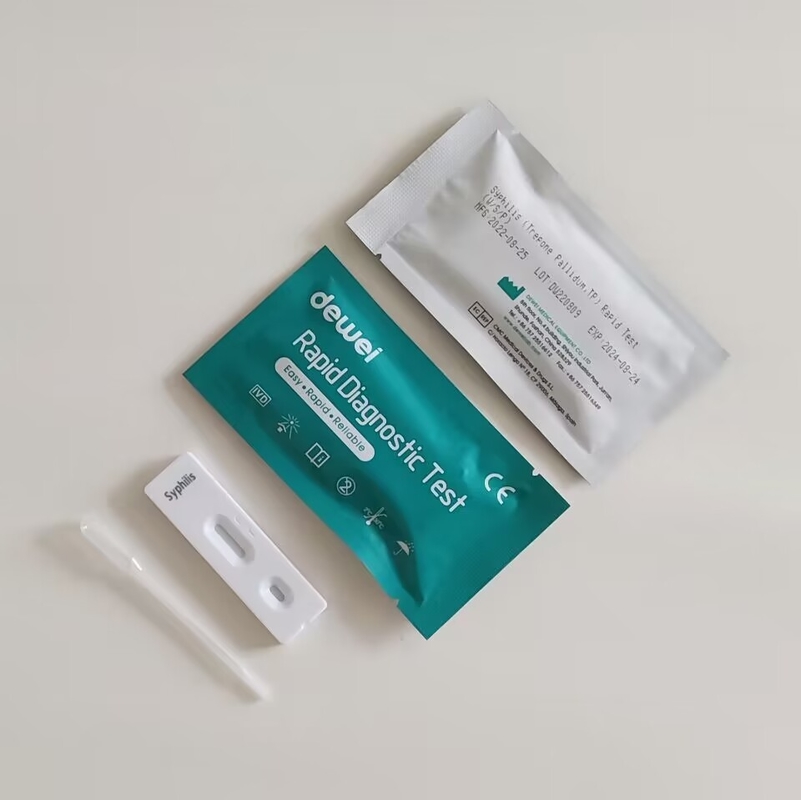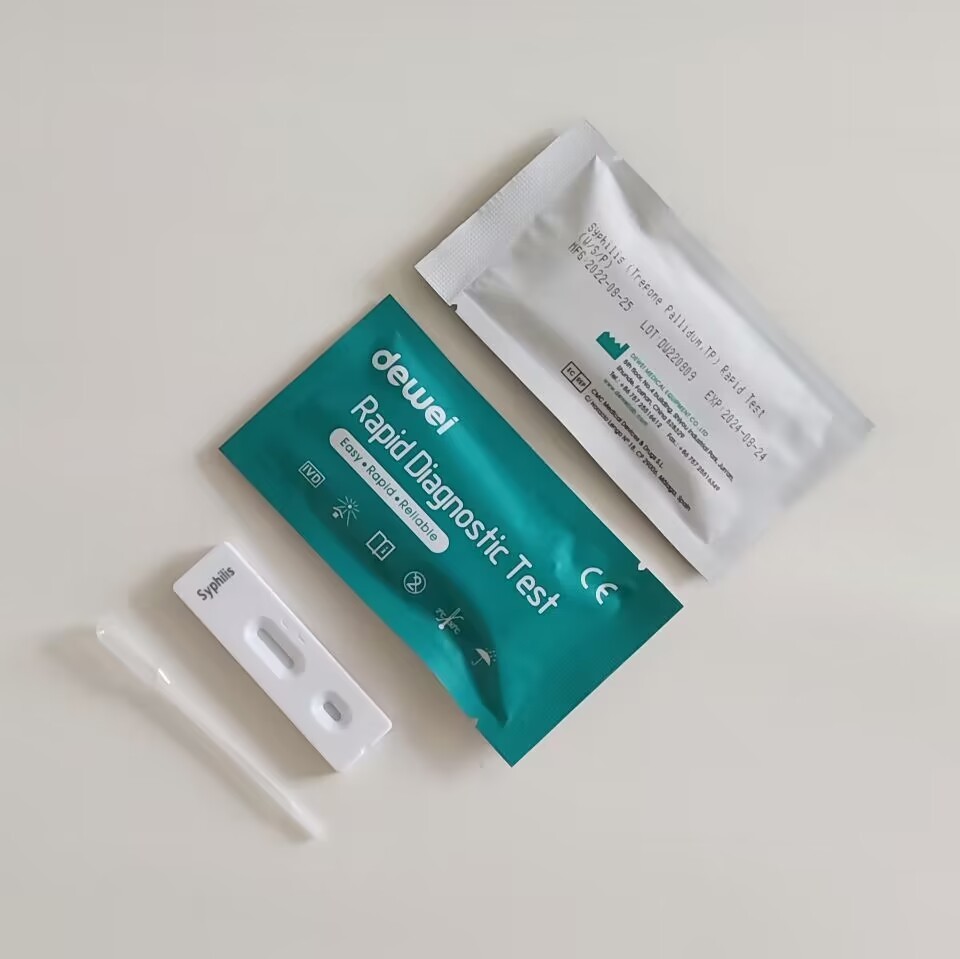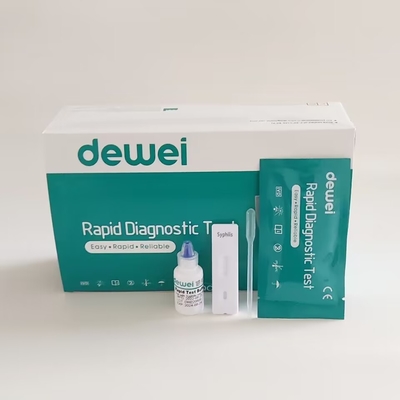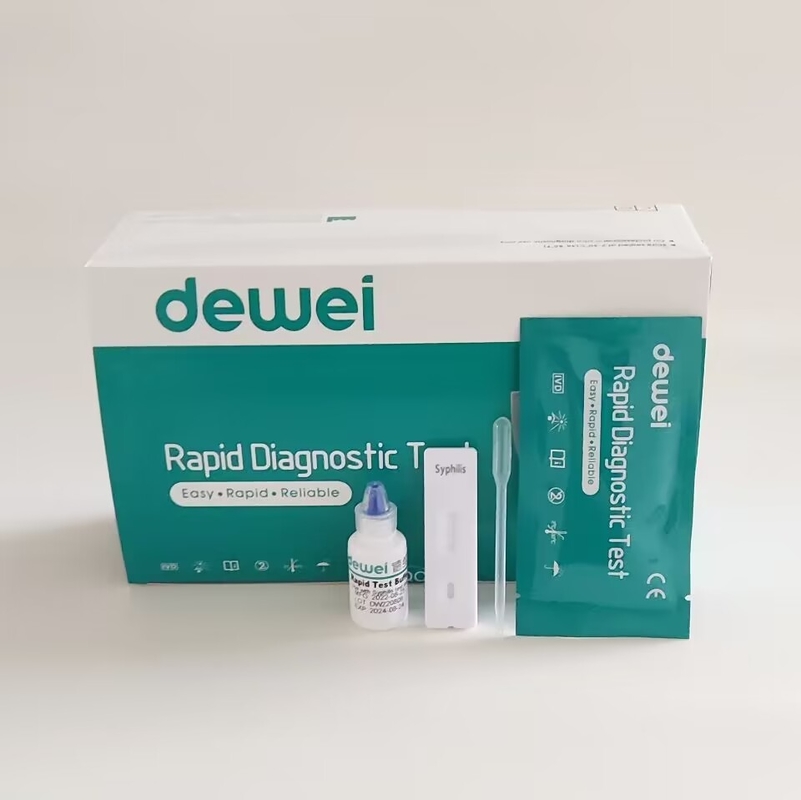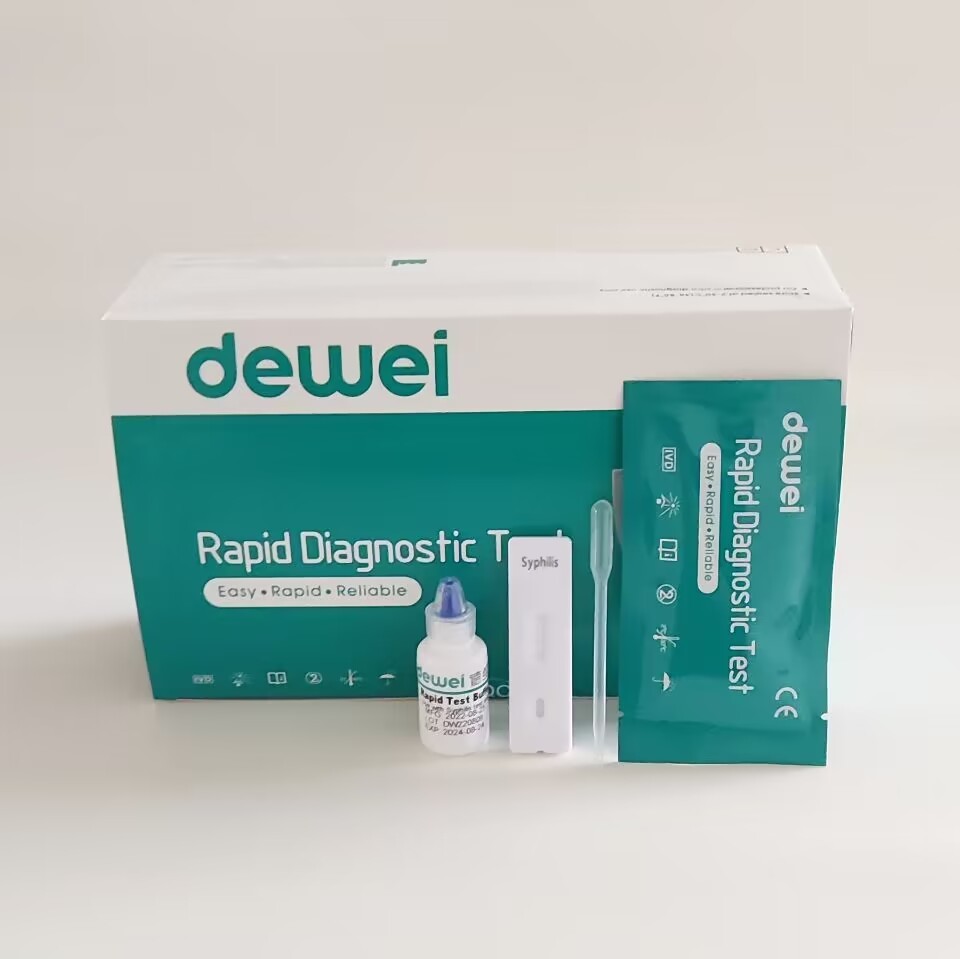| 1 |
Can syphilis be cured? |
Syphilis is simple to cure when it's found and treated in its early stages. The preferred treatment at all stages is penicillin. This antibiotic medicine can kill the bacteria that causes syphilis. If you're allergic to penicillin, your health care team may suggest another antibiotic. |
| 2 |
What are the four symptoms of syphilis? |
These syphilis symptoms may come and go for up to 2 years. They include body rashes that last 2 – 6 weeks — often on the palms of your hands and the soles of your feet. There are lots of other symptoms, including mild fever, fatigue, sore throat, hair loss, weight loss, swollen glands, headache, and muscle pains. |
| 3 |
Can you live a normal life after syphilis? |
Antibiotics can treat syphilis in the early stages. Syphilis doesn't cause long-term health problems if you receive treatment early. |
| 4 |
What happens when you have syphilis? |
Without treatment, syphilis can damage the heart, brain or other organs. It can become life-threatening. Early syphilis can be cured, sometimes with a single shot of medicine called penicillin. That's why it's key to get a health care checkup as soon as you notice any symptoms of syphilis. |
| 5 |
Is syphilis a lifelong STD? |
Syphilis is a highly contagious disease that is caused most often through sexualcontact. It is 100% curable if treated correctly with antibiotics. If your infection is left untreated, even if your symptoms go away, it can cause very serious, long-term health problems and even death. |
| 6 |
Will syphilis stay with you forever? |
However, that does not mean the infection has gone away—only antibiotics can cure syphilis. An antibiotic injection is usually enough to cure syphilis. However, untreated syphilis can progress to the fourth stage, which can be serious and even life-threatening. |
| 7 |
What does syphilis look like on a man? |
It can cause sores that may occur on or near the genitals, anus, rectum, mouth, or lips. It may also cause a rash and other symptoms like swollen lymph glands. Syphilis in people with penises can be diagnosed with a swab test, physical exam, or blood test. It can be treated successfully with antibiotics |
| 8 |
How does a woman know if she has syphilis? |
Signs vary in each stage. Primary Stage: The first sign of syphilis is often a small, round, firm sore. These appear at the place where it entered the body such as the vulva, vaginatongue, or lips. These signs may be inside thevagina. |
| 9 |
What STDs are not curable? |
Viruses such as HIV, genital herpes, human papillomavirus, hepatitis, and cytomegalovirus cause STDs/STIs that cannot be cured. People with an STI caused by a virus will be infected for life and will always be at risk of infecting their sexualpartners. |
| 10 |
Can syphilis be transmitted through kissing? |
Syphilis is more commonly transmitted through oral, anal or front hole sex but it can sometimes be transmitted via kissing. This is only possible when someone has visible sores (also known as chancres) in their mouth. Chancres are small sores, which are often painless and can go unnoticed within your mouth. |
| 11 |
Does syphilis stay in your blood forever? |
Shortly after infection occurs, the body produces syphilis antibodies that can be detected by a blood test. Even after full treatment, antibodies to syphilis remain in the blood and may be detectable for many years after the infection has gone. |
| 12 |
Is syphilis contagious by touch? |
Syphilis is transmitted through close skin-to-skin contact. Itis highly contagious when the syphilis sore (chancre) or rash is present. The incubation period for syphilis ranges from 10 days to 3 months. You can pick up syphilis through unprotected oral, vaginal or anal sex with a person who is infected. |
| 13 |
Is syphilis 100% curable? |
Take syphilis seriously and get tested and treated early if you are at risk or have symptoms. It can be cured through a simple treatment of penicillin. |
| 14 |
What animal did syphilis come from? |
However, there is also some evidence of treponemal disease in Europe prior to 1493 (when Columbus' crew returned), although this evidence is not as strong and is disputed by many. There is also evidence that syphilis originated in either cattle or sheep and made a zoonotic transmission to humans |
| 15 |
What is one of the first signs of syphilis? |
Symptoms of primary syphilis are: Small, painless open sore or ulcer (called a chancre) on the genitals, mouth, skin, or rectum that heals by itself in 3 to 6 weeks. Enlarged lymph nodes in the area of the sore. |
| 16 |
Will 7 days of doxycycline cure syphilis? |
Early syphilis (primary, secondary, and early non-primary non-secondary syphilis) can be treated with doxycycline 100mg po twice a day for 14 days. |
| 17 |
Does syphilis itch? |
It usually develops on the trunk of the body, the palms of the hands, and the soles of the feet. A syphilis rash is usually not itchy. It can develop alongside other symptoms, such as fatigue, unexplained weight loss, headaches, and a sore throat. |

 Your message must be between 20-3,000 characters!
Your message must be between 20-3,000 characters! Please check your E-mail!
Please check your E-mail!  Your message must be between 20-3,000 characters!
Your message must be between 20-3,000 characters! Please check your E-mail!
Please check your E-mail! 

